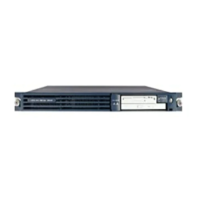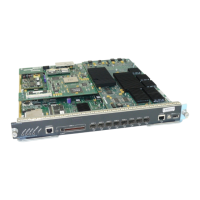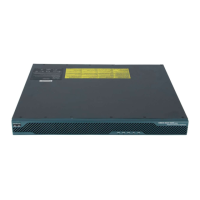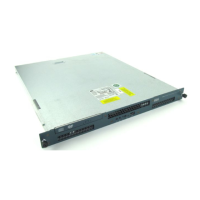4-9
Cisco IP Communicator Administration Guide for Cisco CallManager
OL-4698-01
Chapter 4 Configuring the Application
Understanding Post-Installation Configuration Tasks
If your company uses Cisco IP Communicator in an environment where users do
not have administrative privileges, and if multiple users share a PC, then this task
cannot be completed by the end-user. Instead, you will need to use an
administrator account to run Cisco IP Communicator one time after installation
on each machine and select the network interface (if this selection is required).
This instruction also applies to selecting network interface (device name) in this
circumstance. (See the “Specifying a TFTP Server” section on page 4-8.)
Note Specifying the TFTP server after installation is not necessary if you specify a
device name using the command line option when deploying the application with
the Windows Installer package. See the “Deploying the Application” section on
page 3-2.
Related Topics
• An Overview of Post-Installation Configuration Tasks, page 4-2
• Selecting a Device Name, page 4-9
• Resolving Audio IP Address Auto-Detection Problems, page 4-11
• Providing Password Information, page 4-13
• Helping Users with Post-Installation Configuration Tasks, page 4-19
Selecting a Device Name
Cisco IP Communicator formulates its device name using the MAC address of the
network interface that it associates with during the installation process. You can
specify the network interface by using a command line option while deploying the
Cisco IP Communicator application with the Windows Installer package (see the
“Deploying the Application” section on page 3-2). In this case, users will not need
to choose a network interface.
If you do not use a command line option to specify a network interface,
Cisco IP Communicator will try make the association automatically at the time of
installation, or prompt the user to make a selection:
• If there is only one enabled network interface available on the client PC,
Cisco IP Communicator will automatically associate with that interface.
• If multiple network interfaces are available, Cisco IP Communicator will
prompt the user to choose one (first launch only).
